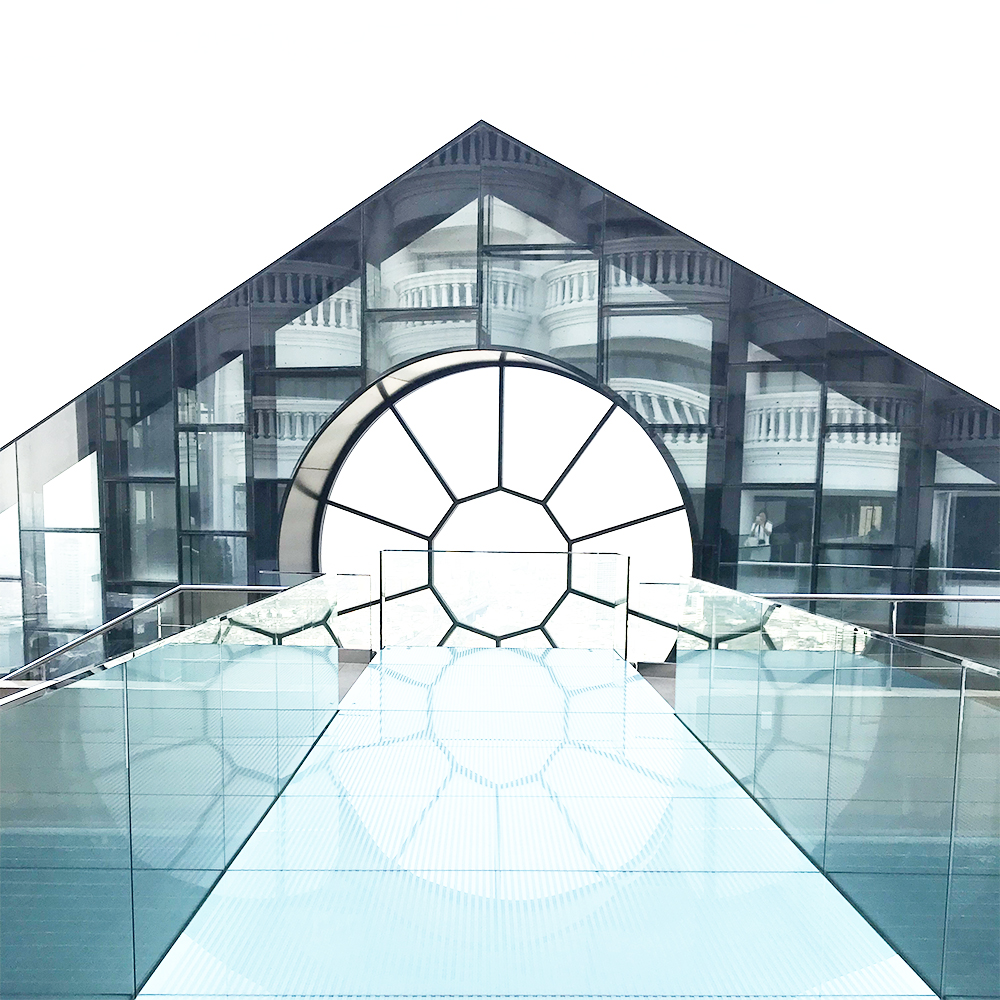BIG SALE - Up to 50% off food & beverage items - Free shipping on orders over $65
Bangkok Guide: Boat Noodle Alley
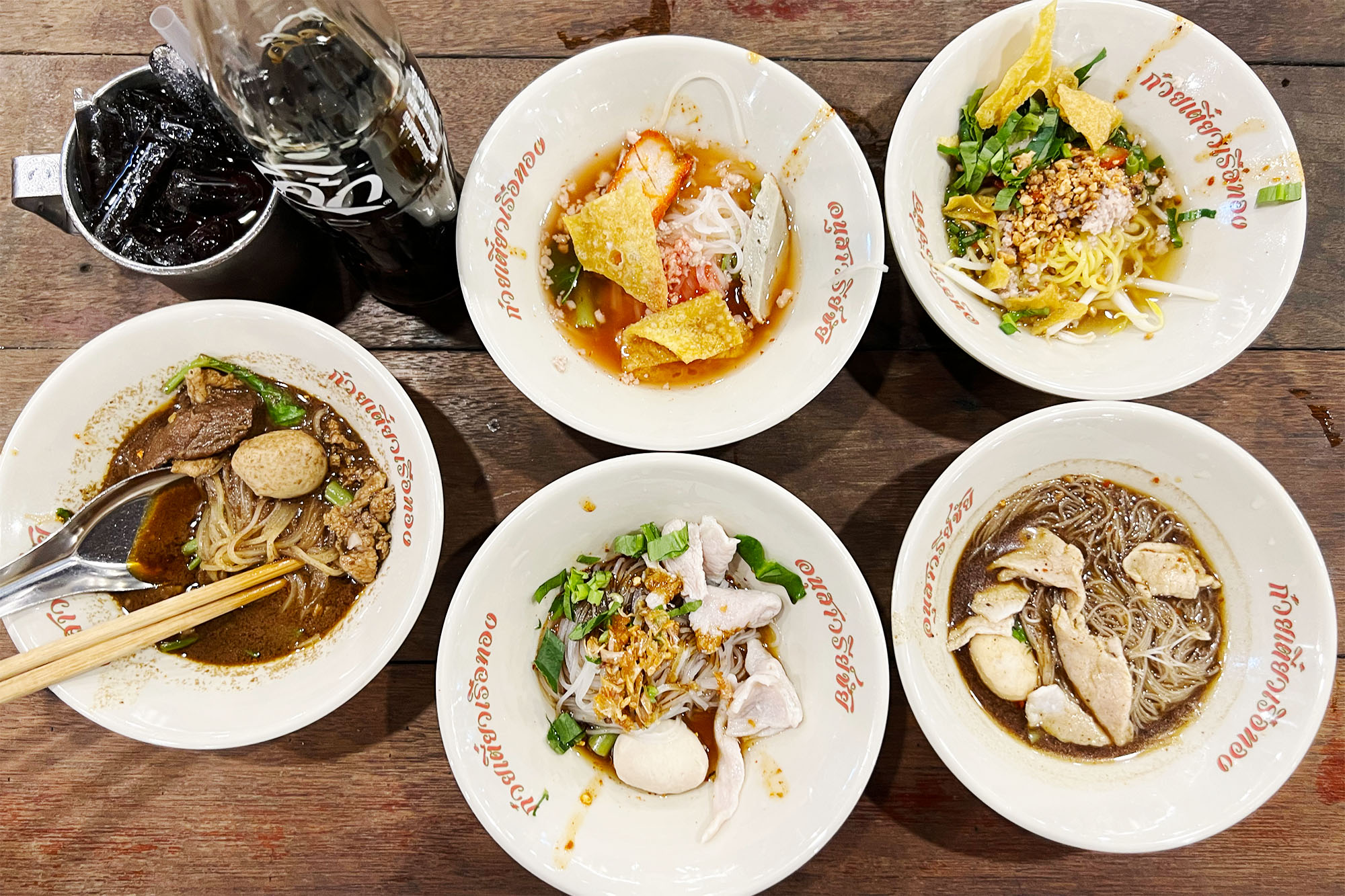
Tucked away behind the hectic roundabout at Victory Monument is one of Bangkok’s most iconic noodle spots: Boat Noodle Alley. This narrow stretch of canal-side eateries is where you go for kuai tiao ruea—Thai boat noodles. It’s fast, messy, and super delicious, and if you’re into street food, this place should be on your radar.
There are about ahandful of noodle shops lined up along the canal. Some spots are more old-school, while others cater a bit more to tourists. I’ve tried most of them, and they’ve all been good, but if I were to recommend one place, it would probably be Baan Kuay Tiew Ruathong.
What are boat noodles?
Boat noodles started out as a meal served directly from boats along Bangkok’s canals. Because of the balancing act involved in cooking, paddling, and handing over food, the servings were kept small. That tradition stuck, and even today, boat noodles are still served in tiny bowls that only cost a couple of bahts each.
The soup itself is rich and dark, made with soy sauce, spices, and a splash of pork or beef blood to thicken the broth and deepen the flavor. If you didn’t know it was there, you probably wouldn’t notice. But if you do know and prefer to skip it, ask for the dry version (haeng) without any soup or sauce.
What to order
The portions are tiny, basically two to three bites per bowl, so the idea is to order several. It’s not uncommon for people to go through 10–15 bowls in one sitting, especially if you’re with friends and sharing. If it’s your first time at a boat noodle restaurant, make sure you try all the different kinds of noodles. You can get the soup version, or go dry (haeng), which is more like a noodle salad with a splash of sauce. There’s no shame in mixing and matching. Most places also serve crispy wontons, meatballs on skewers, and fried pork skin on the side if you feel like mixing it up.
You will also see Yen Ta Fo (pink noodle soup) at many of the shops. It has a bright pink/red color, but the broth itself usually doesn’t contain blood. The pink color comes from fermented soy bean paste (don’t ask me why it’s pink).
On the table, you’ll find chili flakes, sugar, vinegar, and fish sauce, Thailand’s holy grail of condiments. Play around and adjust the flavor to your liking. The noodles are good as-is, but with the right mix of seasoning you can take them to the next level. I usually add a little bit of everything. Also note that unlike most other Thai dishes, boat noodles are eaten with chopsticks.
Read my blog post about when I introduced AC to boat noodles at Baan Kuay Tiew Ruathong >>
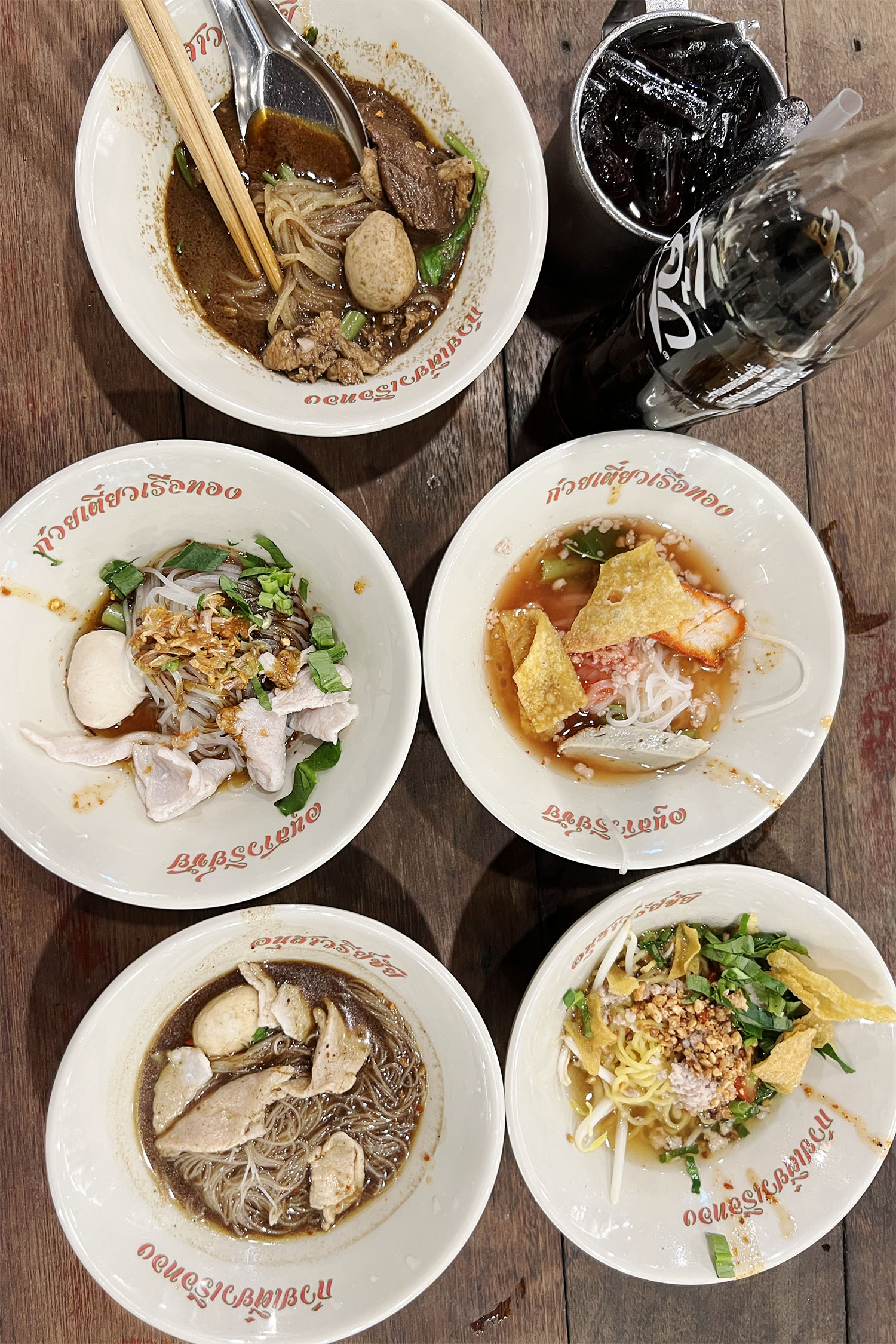
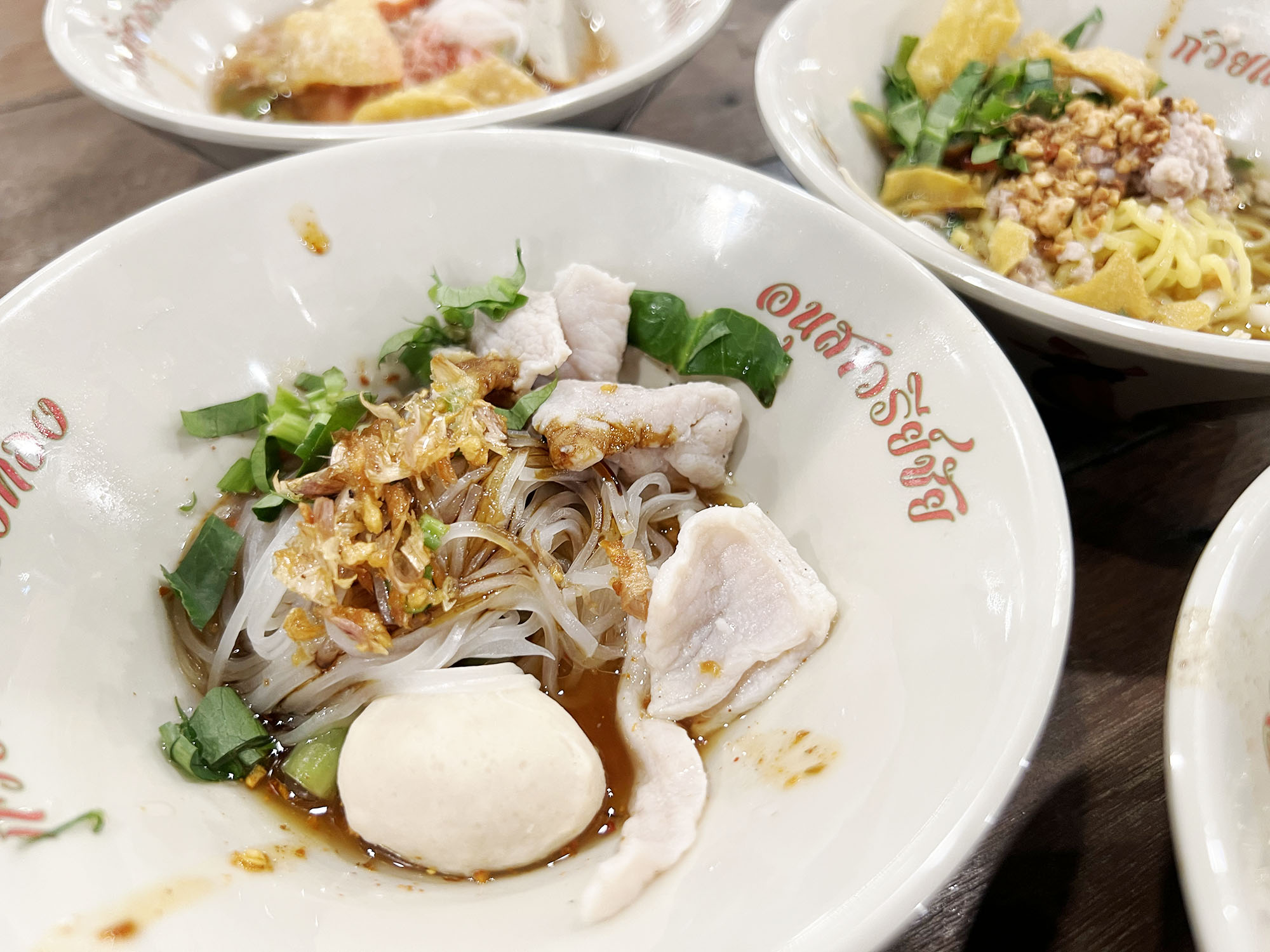

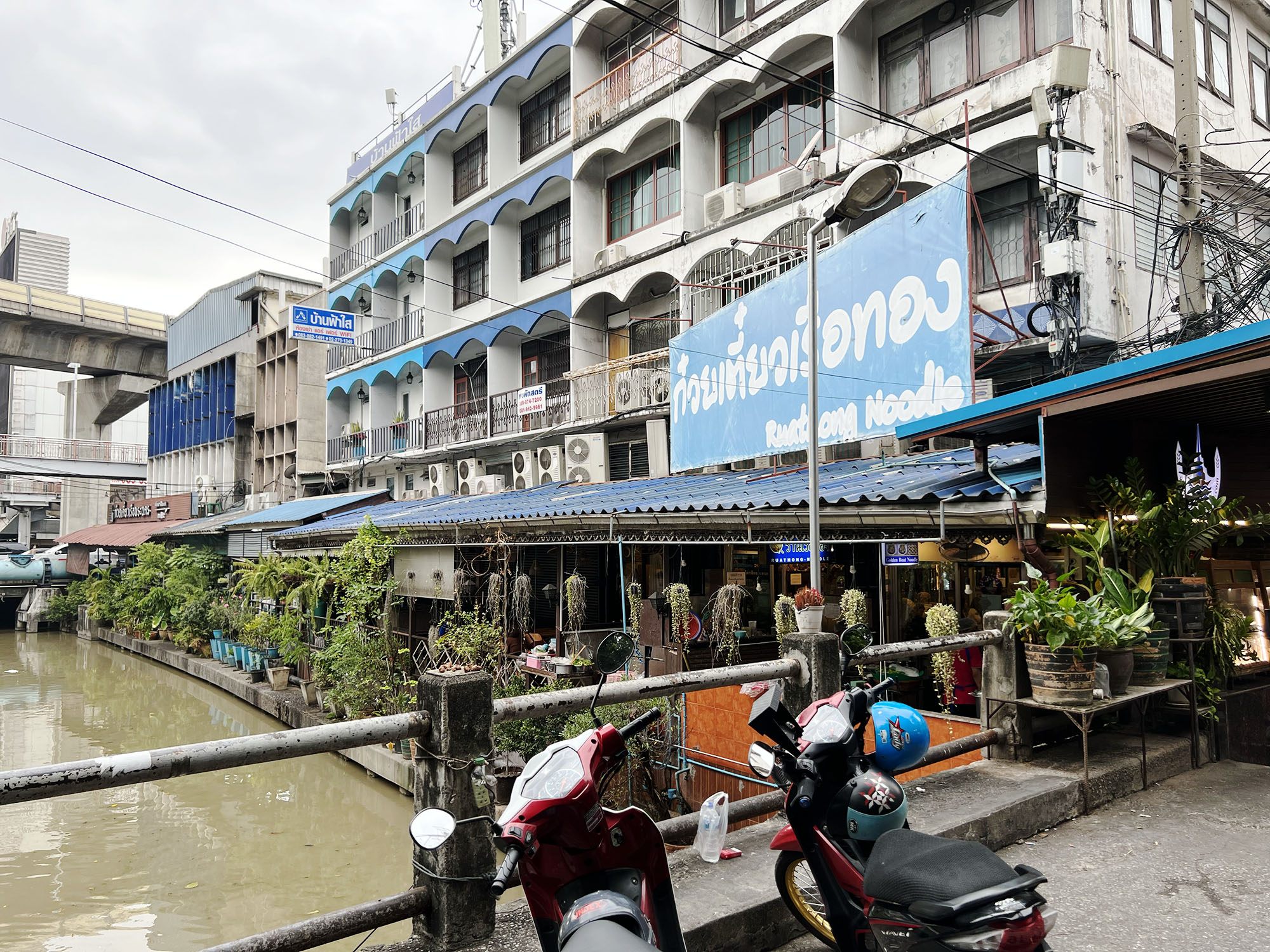
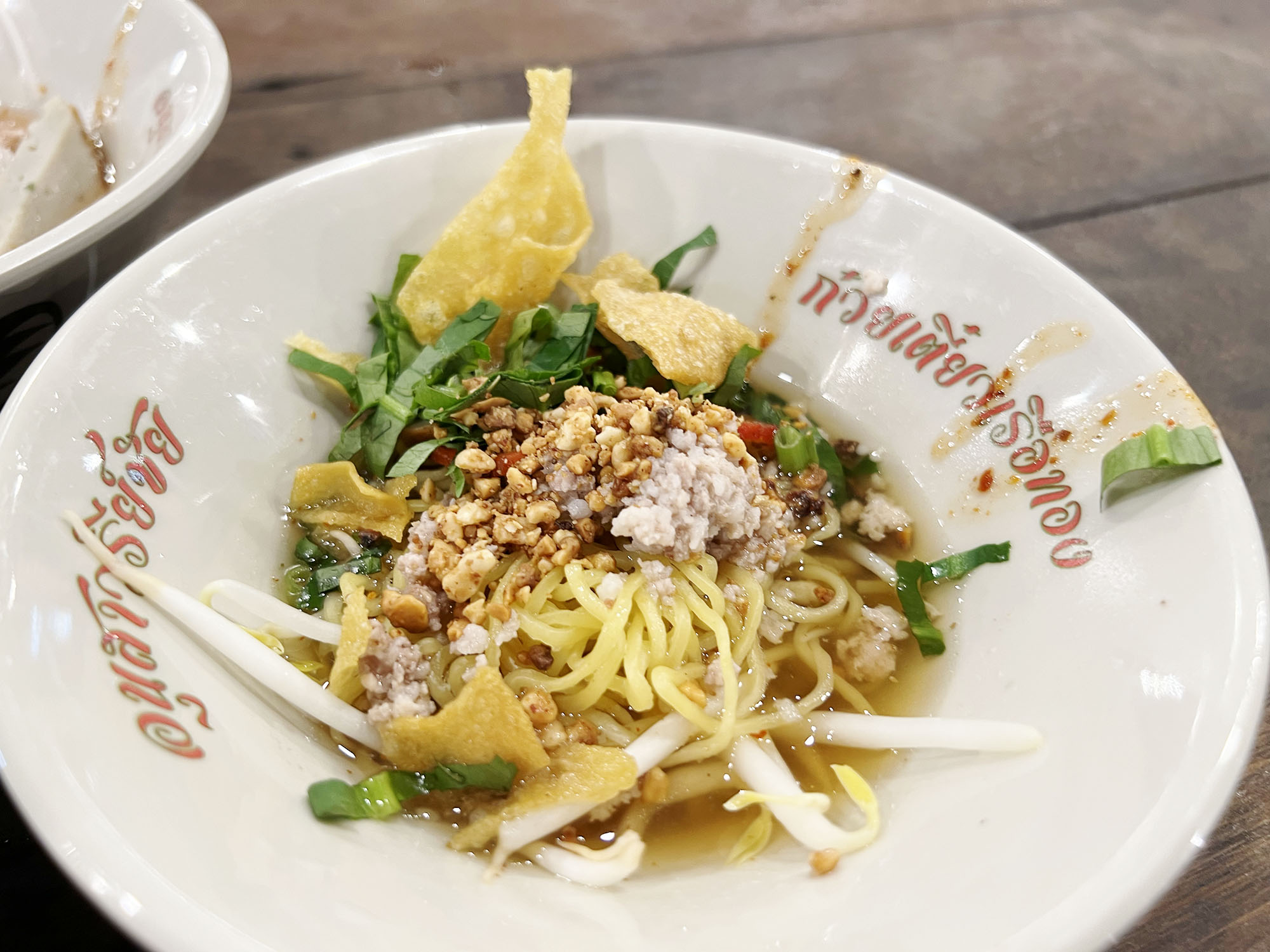

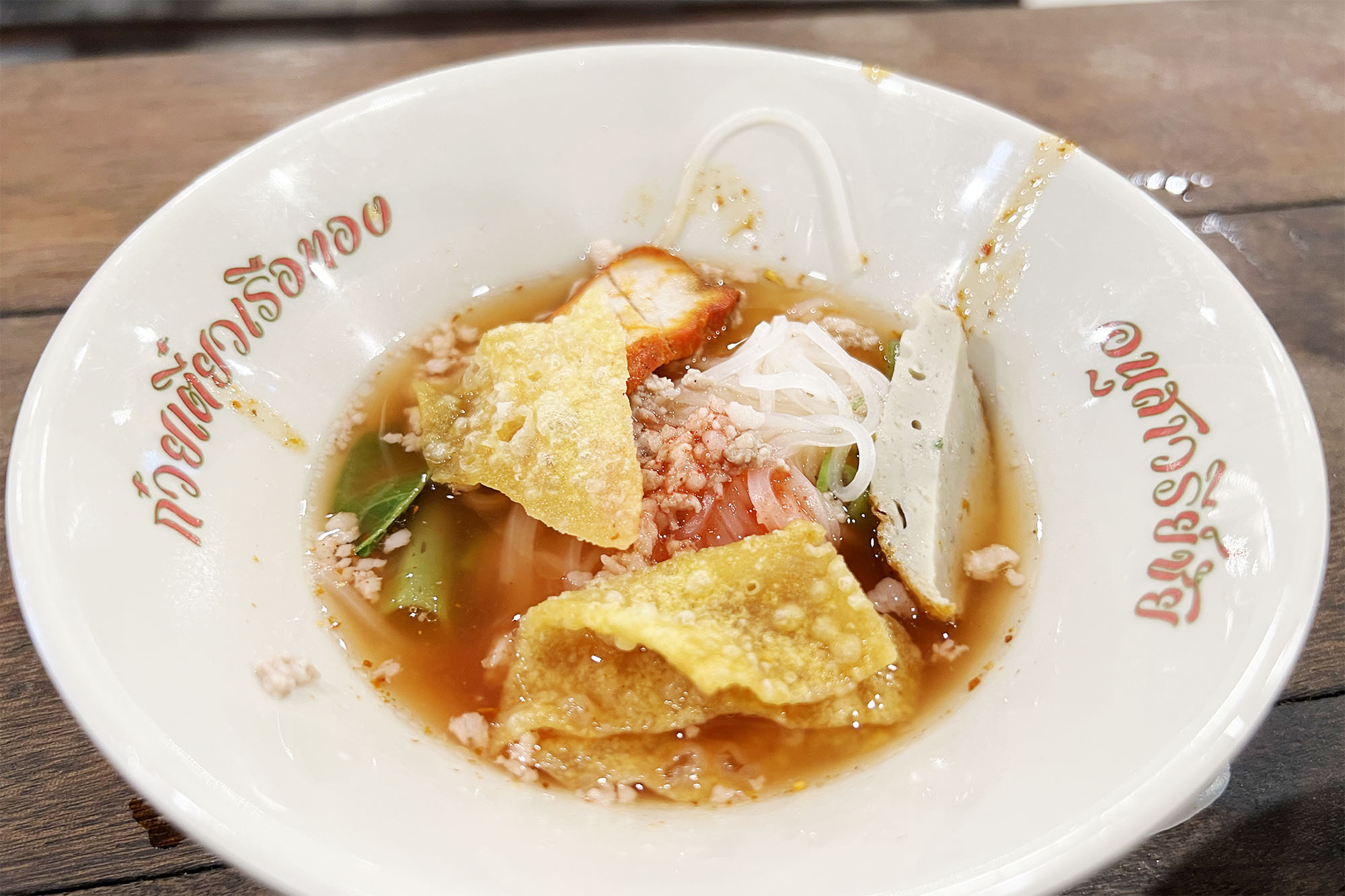
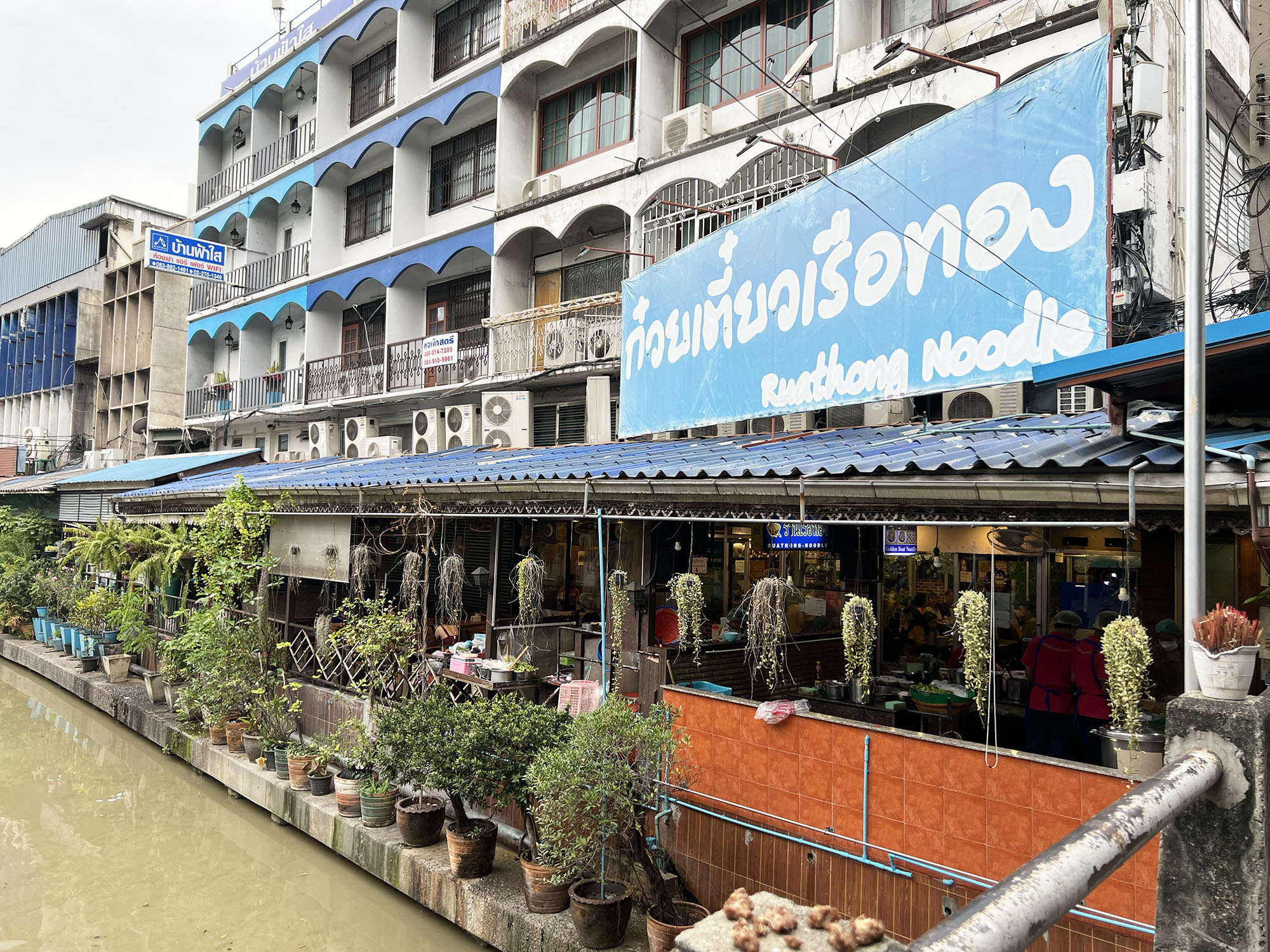
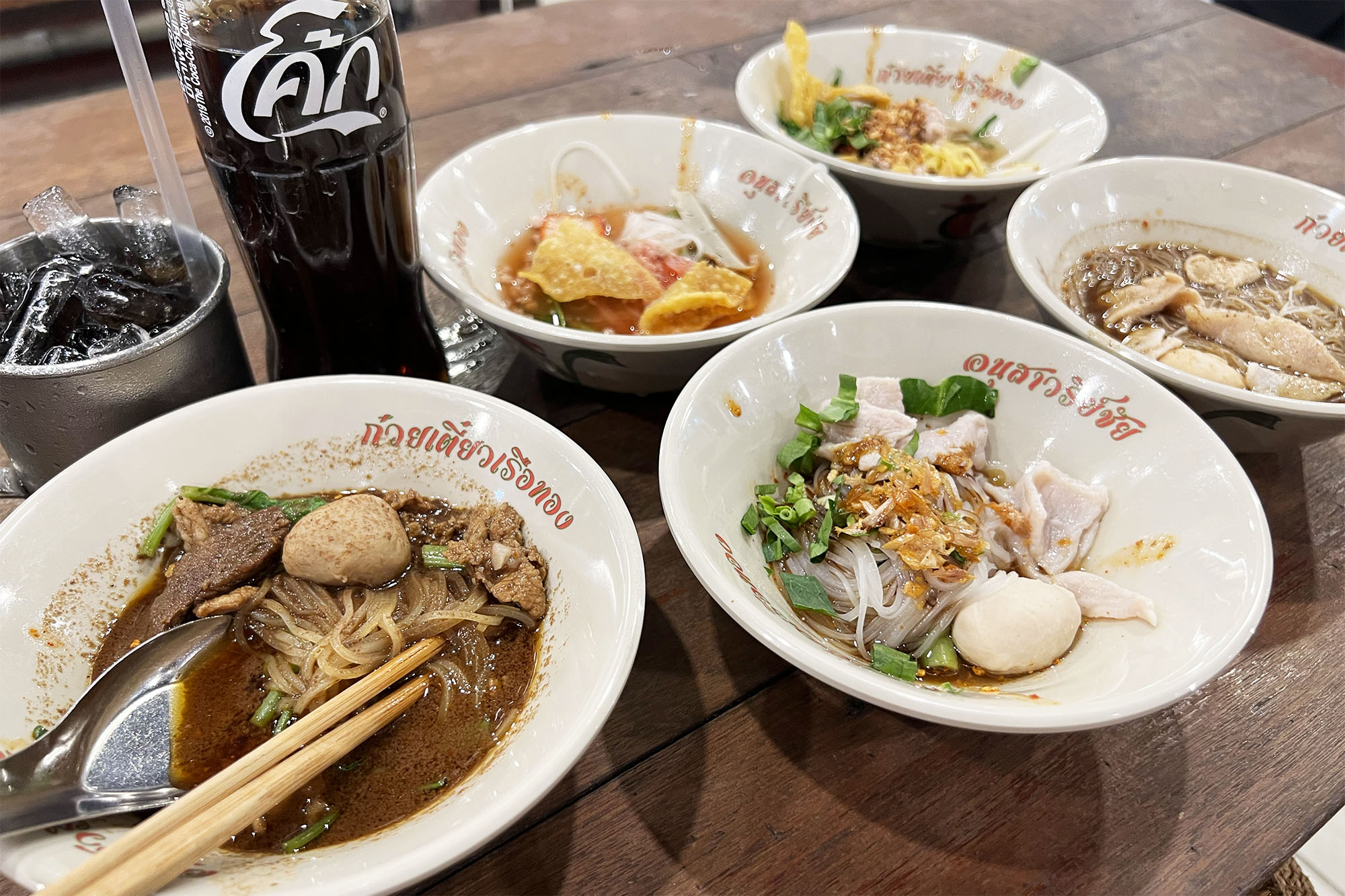
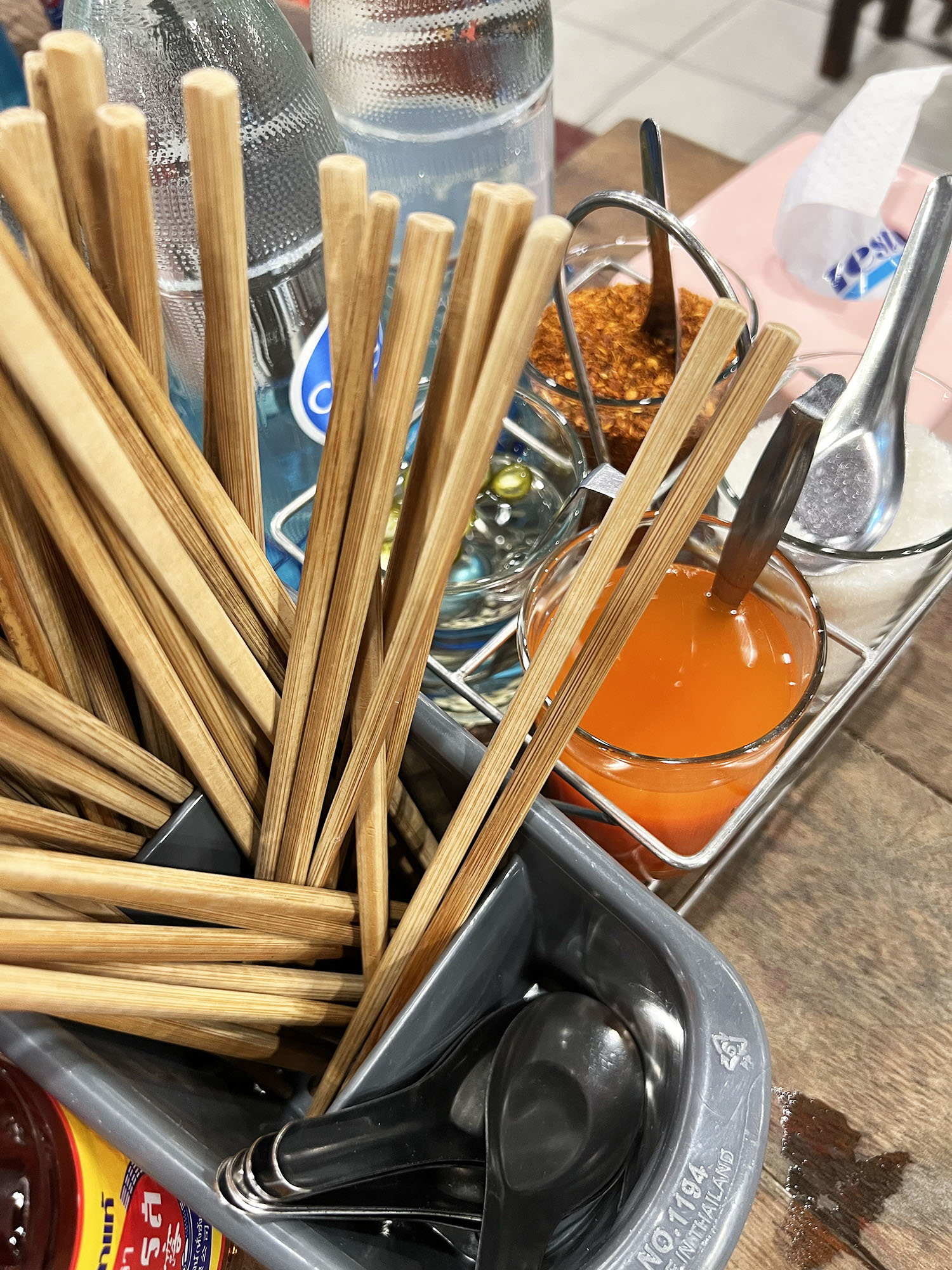
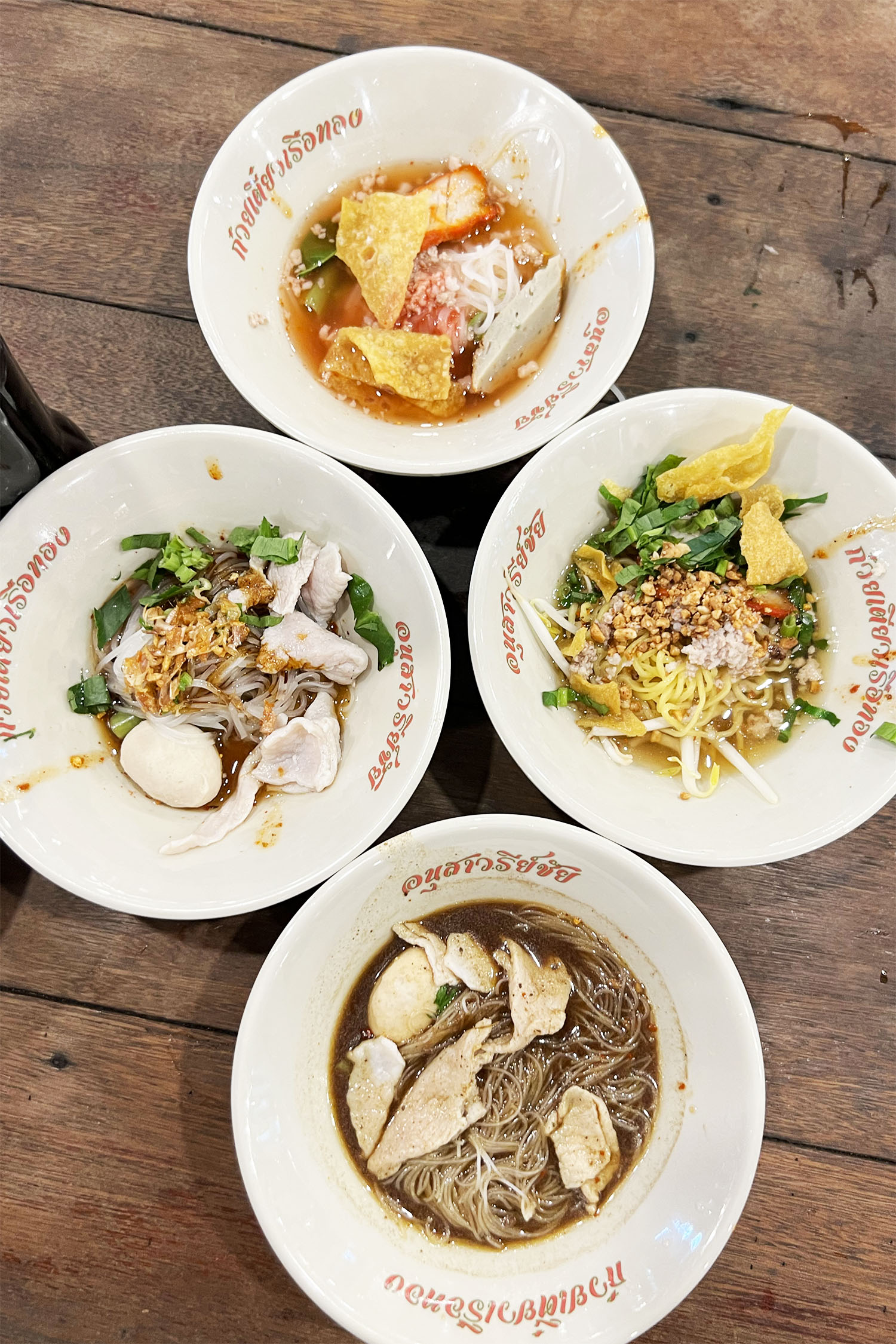
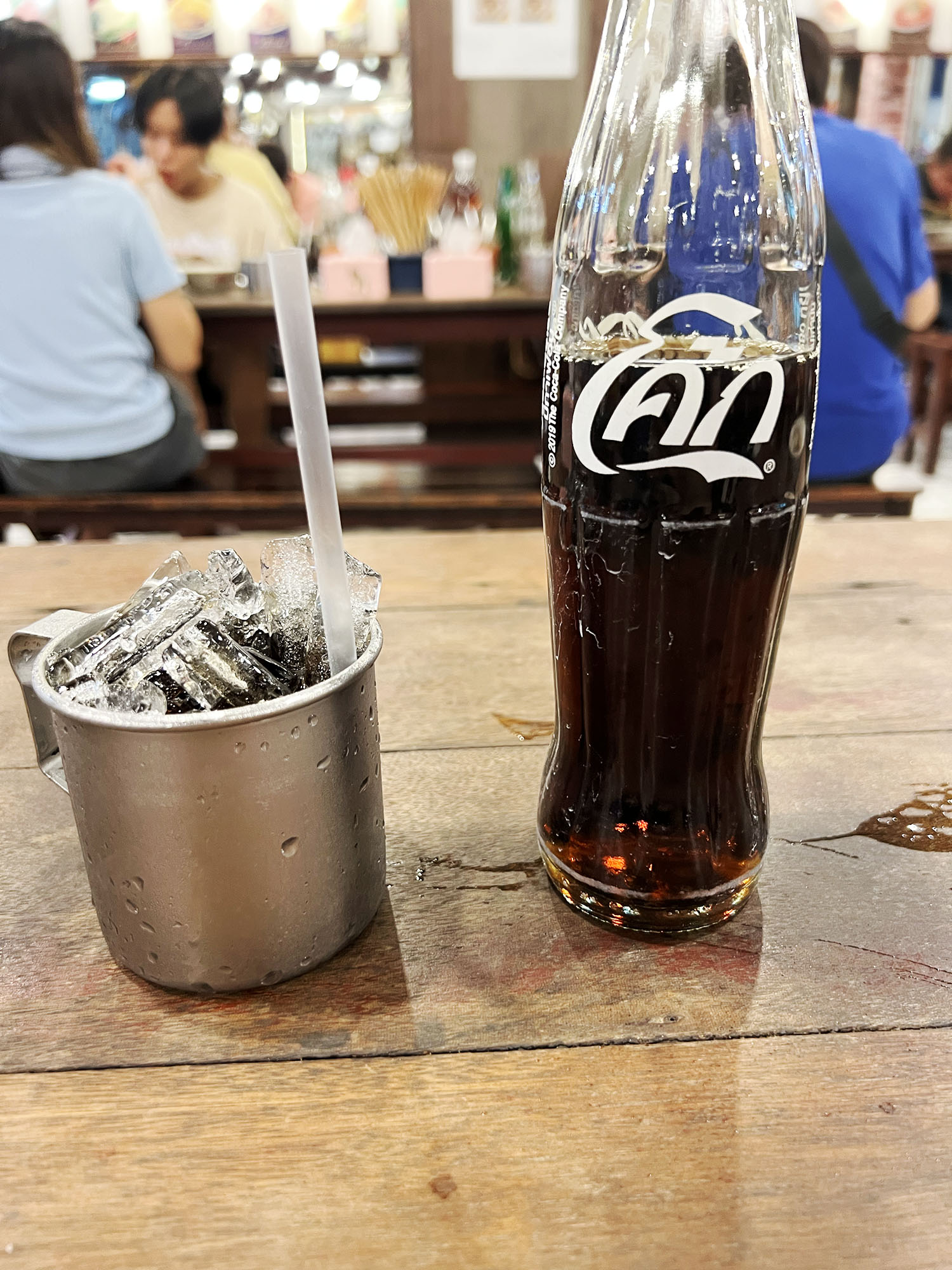
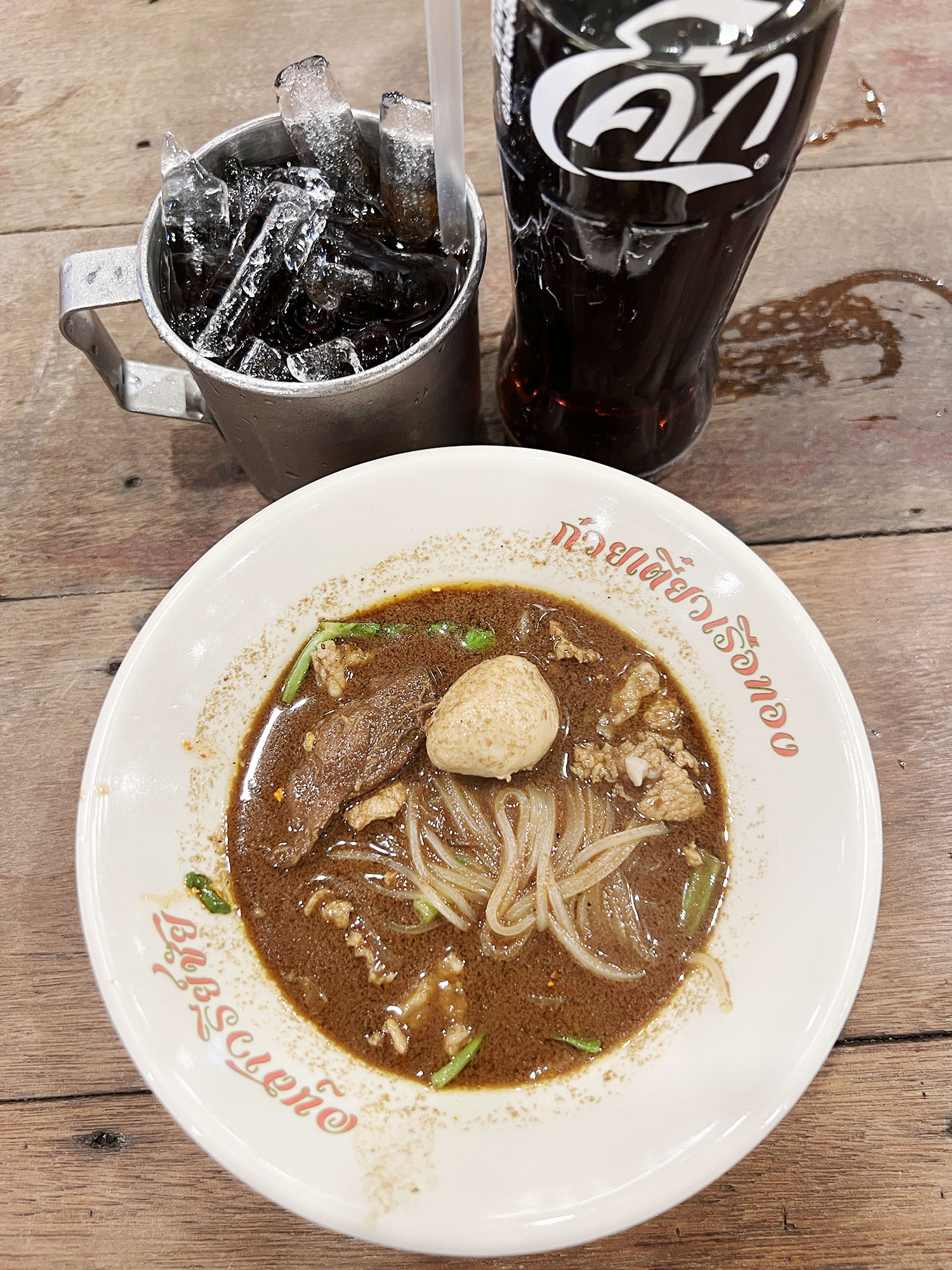
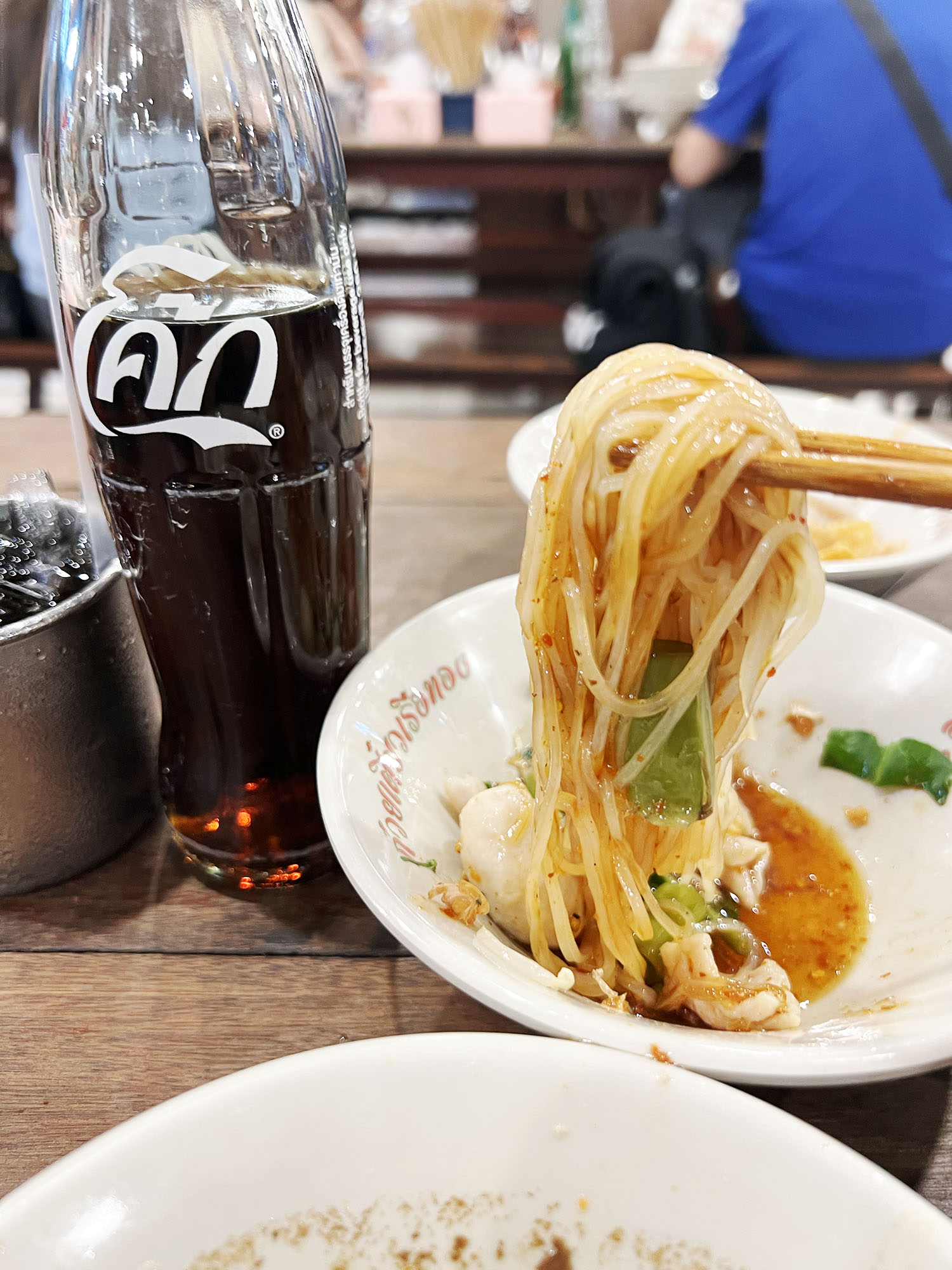
Bangkok has some of the best hotel deals out there. Whether you're in the mood for a fancy rooftop pool and five-star service, or just need a clean, cheap place to crash, you'll find it here. The city really delivers when it comes to value for money—whatever your budget.
Bangkok
Mitzie Mee - Sanne
Welcome to Mitzie Mee, my blog about food, travel, and everything New York City. I mostly blog about recipes, food, and restaurants, but you will also see posts about nightlife, things to see and places to stay around the world. Your feedback means a lot to me, so please don't hesitate to reach out with questions or comments :)
Bangkok
-
Tucked away behind the hectic roundabout at Victory Monument is one of Bangkok’s most iconic noodle spots: Boat Noodle Alley. This narrow stretch of canal-side eateries is where you go …
-
The mango season in Thailand peaks from April to June, and although you can get mango all year round, it is during this time of the year that they taste …
-
I arrived in Bangkok late, and by the time I made it into the city and checked into my hotel, dinner time had long passed. My hotel was on a …
-
// Sponsored post – In collaboration with Riva Arun // If you’re looking for a quiet, beautiful place to stay right by the water in Bangkok, you’ll love Riva Arun. …
-
Hoi Tod Chaw Lae is a street kitchen/restaurant close to Thong Lo BTS Station known for pad thai and hoi tod. Most of you are probably familiar with pad thai, …
-
I’ve celebrated New Year’s Eve in Bangkok several times, but it wasn’t until 2022 that I made it down to CentralWorld to experience the countdown. I arrived in Bangkok that …
-
On my last visit to Bangkok, I had such a great time I decided to extend my stay for a couple of days. I had been staying at Shangri-La during …
-
Benchakitti Forest Park is one of my new favorite places in Bangkok. The park is right in the middle of the city, but it is so nice and peaceful it …
-
When I walked out from my haul at Donki Mall, I noticed this neon lit pawn shop across the street. Now if you’ve been to Beauty & Essex in New …
-
Bangkok is a great shopping destination, and almost everything is cheaper than back home, that is, if home is Europe or the US. Just steer clear of international brands and …
-
Post from my old blog about a Bangkok trip in 2013 In Bangkok I stayed at Rembrandt Towers Serviced Apartments (not to be confused with Rembrandt Hotel next door). A …
-
On weekends, brunching is the favorite pastime among the expats and hi-so Thais, and new cafes are opening all the time, so even though Roast has only been around since …

